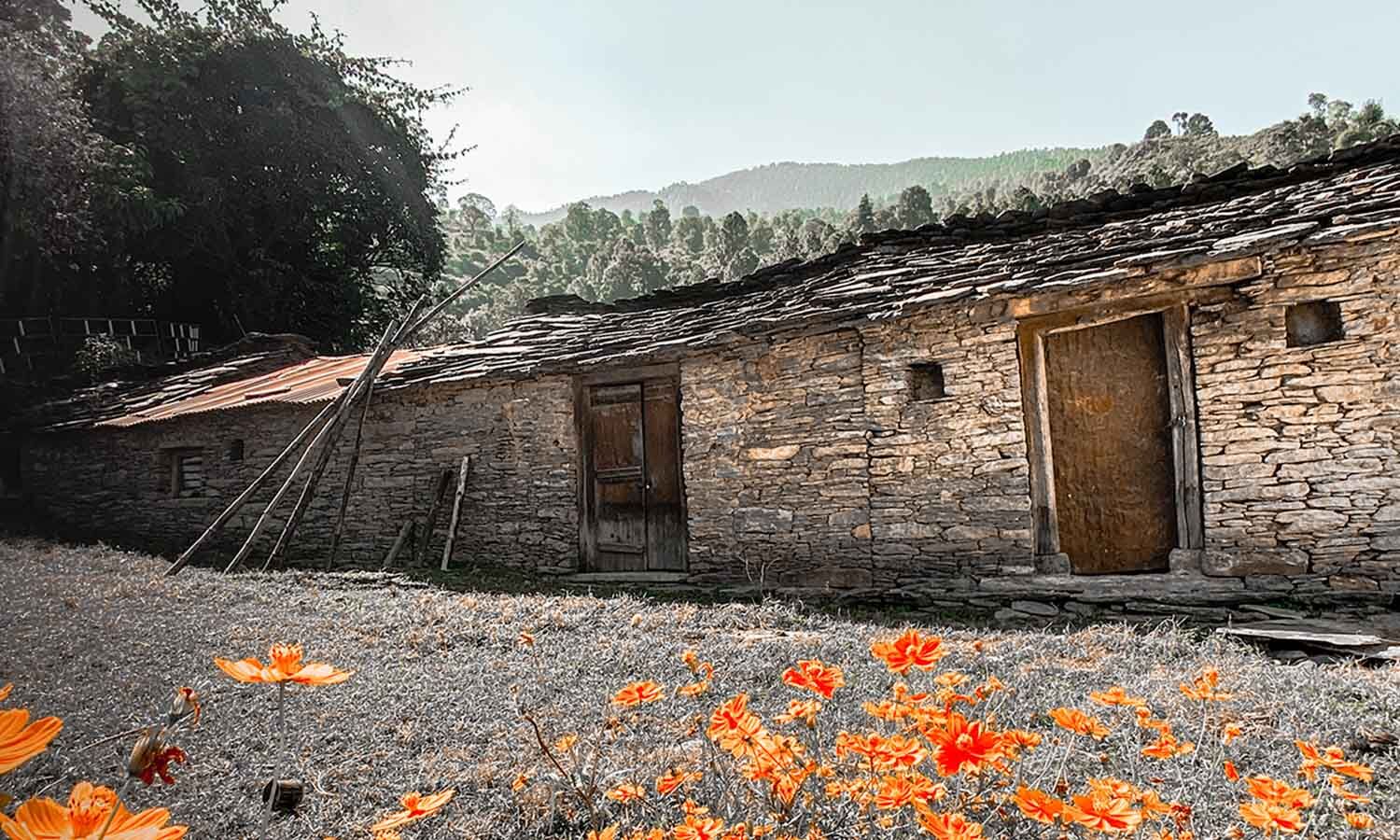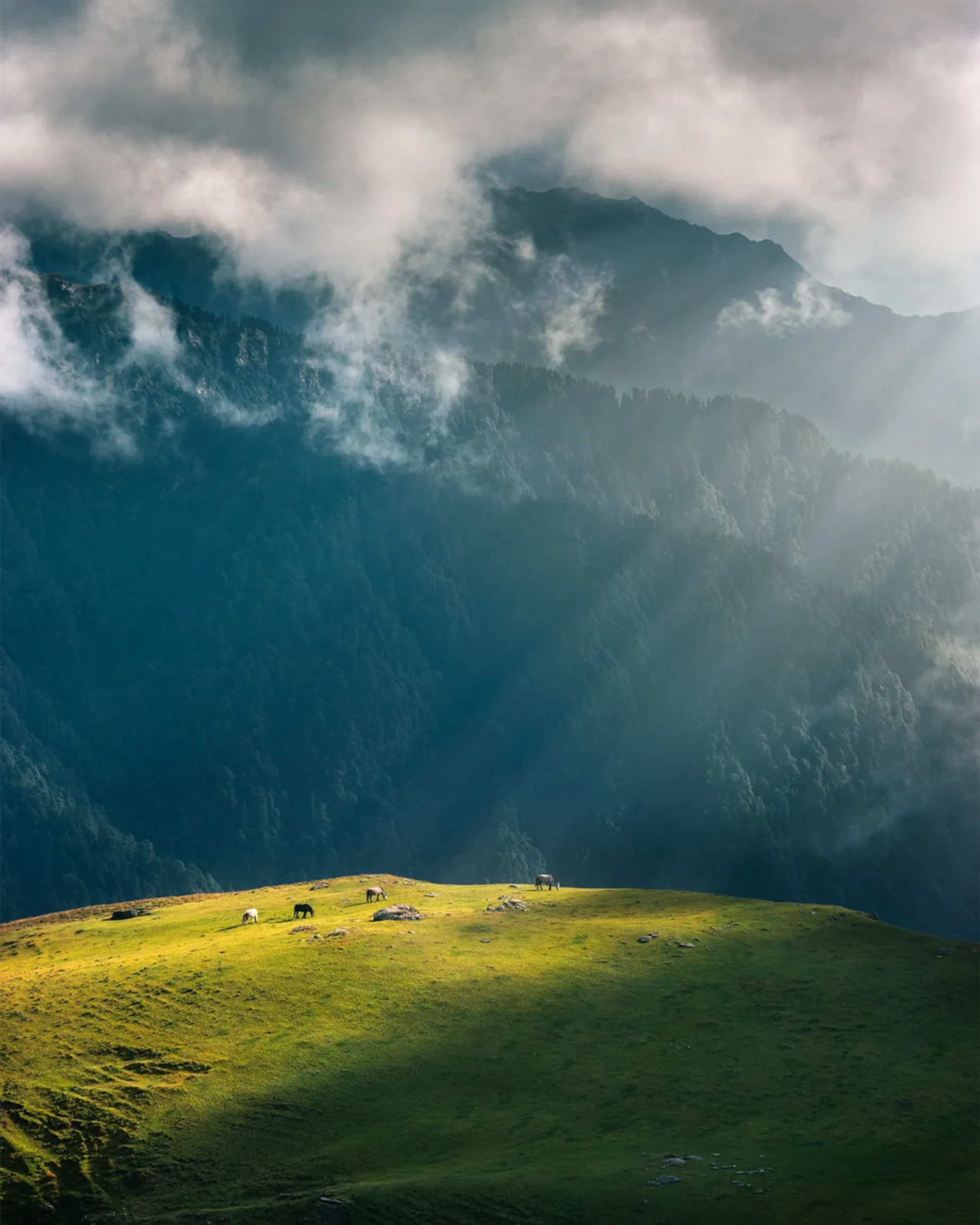Explore The Spirituality of Uttarakhand
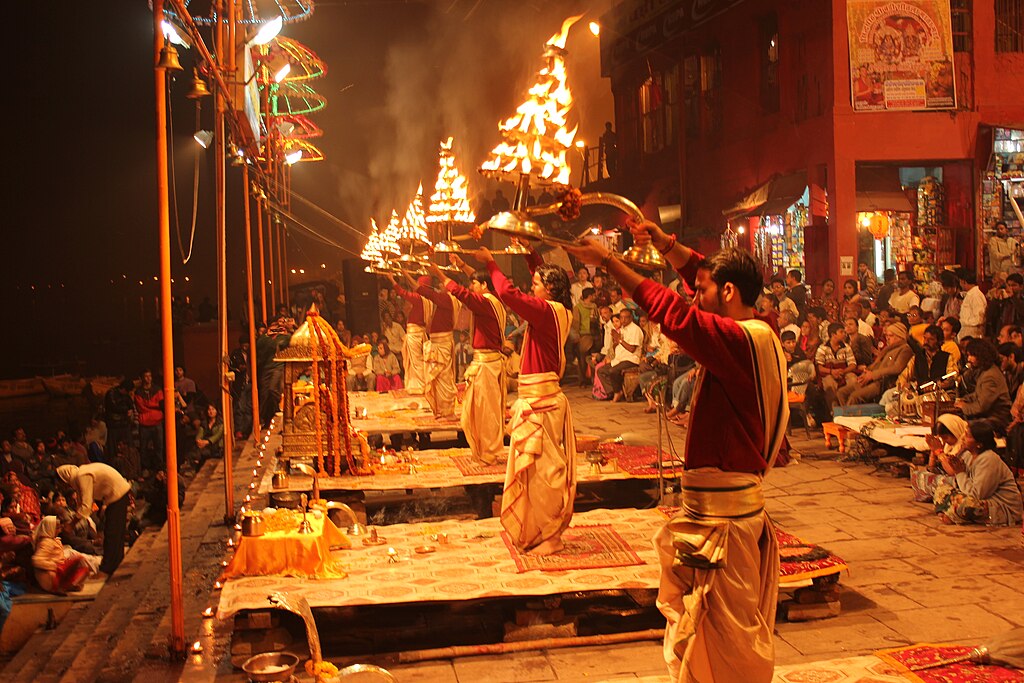
History of Uttarakhand
Uttarakhand, nestled in the lap of the Himalayas, boasts a rich and diverse history that intertwines mythology, spirituality, and socio-political evolution. The region, often referred to as “Devbhumi” or “Land of the Gods,” has been a sacred land for centuries and is home to some of the most important Hindu pilgrimage sites, including Kedarnath, Badrinath, Gangotri, and Yamunotri – collectively known as the Char Dham.
The early history of Uttarakhand is deeply rooted in ancient Indian texts and legends. The region is mentioned in the Vedas and Puranas and is believed to be the abode of sages and saints like Vyasa, who composed the Mahabharata, and Adi Shankaracharya, who revived Hinduism during the 8th century. Many parts of Uttarakhand, especially in the Garhwal and Kumaon regions, are associated with the Pandavas from the Mahabharata, who are believed to have taken their final journey to heaven through the Himalayan peaks.
Historically, the area that now constitutes Uttarakhand was divided into two major regions – Garhwal in the west and Kumaon in the east. Both regions had their own distinct cultural and political histories. In the early medieval period, the Katyuri dynasty ruled over Kumaon, with Baijnath as their capital. Their rule lasted from the 7th to the 11th century. After the decline of the Katyuris, Kumaon was ruled by the Chand dynasty, which contributed significantly to the region’s art, architecture, and temples.
In Garhwal, the Parmar dynasty came to prominence around the 9th century, and later the region saw the rise of the Panwar (or Parmar) dynasty, who ruled until the early 19th century. One of the most notable kings of Garhwal was Raja Ajay Pal, who unified several smaller principalities into one Garhwal kingdom in the 14th century and established Srinagar (in Garhwal) as the capital.
The modern history of Uttarakhand began with the arrival of the Gorkhas from Nepal in the late 18th century. They captured both Garhwal and Kumaon in 1803. However, their rule was short-lived, as the British defeated the Gorkhas in the Anglo-Nepalese War (1814–1816). Following the war, under the Treaty of Sugauli, Kumaon and parts of Garhwal were ceded to the British, while Tehri Garhwal remained a princely state under the rule of its native dynasty.
During the British colonial era, Uttarakhand was part of the United Provinces (now Uttar Pradesh). The region saw limited participation in the Indian independence movement due to its remote geography, but it was not entirely isolated from nationalist sentiments.
After India’s independence in 1947, Uttarakhand continued as part of Uttar Pradesh. However, due to cultural, geographical, and economic differences, a demand for a separate state gained momentum in the 1990s. After years of peaceful agitation, Uttarakhand was carved out of Uttar Pradesh and became the 27th state of India on November 9, 2000.
Today, Uttarakhand stands as a state rich in natural beauty, spiritual heritage, and historical depth—reflecting a legacy that continues to shape its identity.
Click on the link below to know more.
https://en.wikipedia.org/wiki/History_of_Uttarakhand
Formation of Uttarakhand as a Separate State
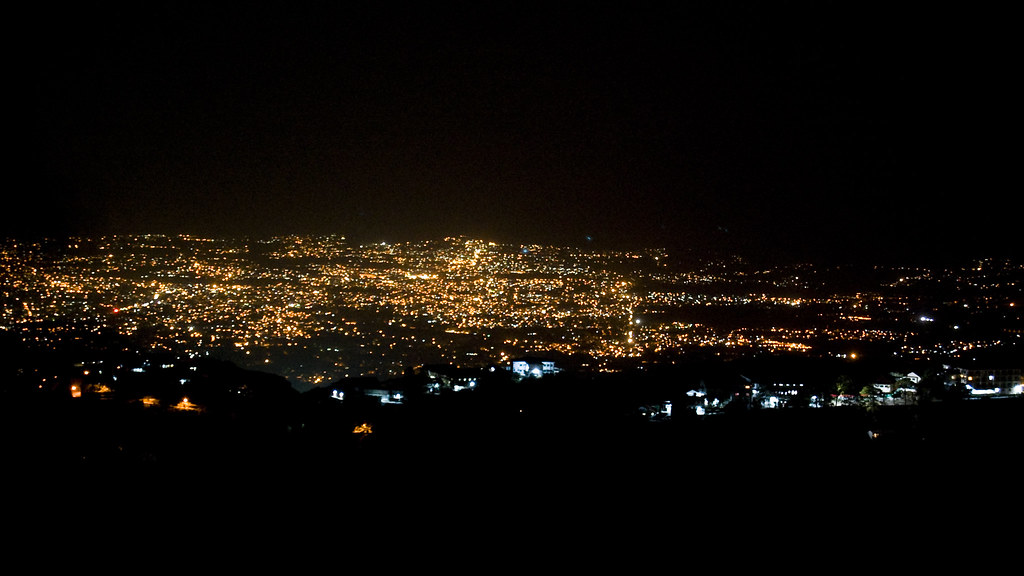
The formation of Uttarakhand as a separate state is a significant chapter in the history of India’s state reorganization, shaped by unique geographical, cultural, economic, and social factors. Formerly a part of Uttar Pradesh, the region now known as Uttarakhand had long-standing demands for separate statehood due to its distinct identity and persistent developmental neglect.
The demand for a separate hill state began as early as the 1950s, soon after India’s independence. People living in the hill districts of Garhwal and Kumaon faced numerous challenges such as poor infrastructure, lack of educational and healthcare facilities, limited employment opportunities, and difficulty accessing government services due to the mountainous terrain. The centralized administration from Lucknow (capital of Uttar Pradesh) was seen as ineffective in addressing the specific needs of this remote and ecologically fragile region.
The movement gained real momentum during the 1990s, fueled by growing public awareness, the rise of regional identity, and increasing frustration over neglect by the state government. Several organizations and student unions, such as the Uttarakhand Kranti Dal (UKD), played a key role in organizing protests, rallies, and public awareness campaigns to press for a separate state.
A pivotal moment in the Uttarakhand movement occurred in 1994, when a peaceful demonstration by protestors in Muzaffarnagar turned violent. The police firing on protestors, including many women, at Rampur Tiraha (Muzaffarnagar district) shocked the nation and drew widespread condemnation. This tragic event became a turning point, galvanizing support for the cause across India and compelling political parties to take the demand seriously.
Following years of sustained protests, political pressure, and widespread public support, the Indian government finally responded. In 1998, under the government led by Prime Minister Atal Bihari Vajpayee, the groundwork for the formation of the new state was laid. The Uttar Pradesh Reorganisation Act was passed by the Parliament of India in August 2000, and on November 9, 2000, the 27th state of India was officially created. Initially named Uttaranchal, the state comprised 13 districts carved out from the northwestern part of Uttar Pradesh.
The naming of the state as “Uttaranchal” was met with some resistance from activists and residents, who preferred the historical and culturally resonant name “Uttarakhand.” Responding to popular demand, the name was officially changed back to Uttarakhand in 2007 through a constitutional amendment.
Dehradun was declared the interim capital, and later, Gairsain, located between the Kumaon and Garhwal regions, was named as the summer capital in 2020, symbolizing the unity of the hill regions.
Since its formation, Uttarakhand has strived to develop its infrastructure, promote tourism, protect its environment, and preserve its rich cultural heritage. The struggle for statehood remains a powerful example of democratic protest and regional identity in India.
The formation of Uttarakhand stands as a testament to the persistent efforts of its people, who fought for self-governance, regional development, and the right to shape their future in alignment with the unique needs of their homeland.
https://manish-bahuguna.dmlearning.in/wp-admin/post.php?post=1742&action=edit
Development and Environmental Challenges in Uttarakhand :
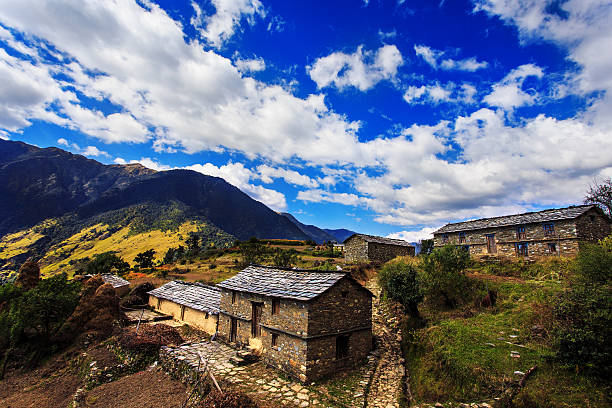
Uttarakhand, often called God’s Land, is celebrated for its breathtaking Himalayan landscapes, rich biodiversity, and spiritual heritage. However, its journey toward development has been marked by significant environmental challenges, as the region grapples with the delicate balance between growth and conservation.
Since becoming a separate state in 2000, Uttarakhand has focused heavily on infrastructure development, tourism promotion, and economic growth to improve the quality of life for its residents. However, its mountainous terrain and fragile ecology present unique challenges. The state is prone to natural disasters such as landslides, floods, and earthquakes, which are often exacerbated by human activities.
One of the biggest hurdles Uttarakhand faces is sustainable development. The pressure to develop roads, hydroelectric projects, and urban infrastructure to meet growing demands often conflicts with the need to protect the environment. Large-scale construction in ecologically sensitive zones has disturbed fragile ecosystems, leading to soil erosion, deforestation, and loss of biodiversity.
Tourism is a major contributor to Uttarakhand’s economy, drawing millions of visitors annually to pilgrimage sites like Kedarnath and Badrinath, and to nature destinations such as the Valley of Flowers and Jim Corbett National Park. However, unregulated tourism and commercialization have put immense pressure on local resources. The rise in footfall, increased waste generation, and demand for accommodation have strained water supplies and led to pollution, threatening the very environment that attracts tourists.
A tragic example highlighting these challenges was the 2013 Kedarnath flood disaster, caused by unprecedented cloudbursts and glacial lake outbursts. The sudden floods and landslides devastated large parts of the state, causing thousands of deaths and massive property loss. This calamity underscored the consequences of unplanned development and environmental degradation in the Himalayas.
To mitigate such risks, Uttarakhand Travels faces the complex task of integrating environmental conservation with developmental goals. The state government, along with NGOs and local communities, has taken several steps to promote eco-friendly tourism, afforestation drives, and disaster preparedness programs. Initiatives to regulate construction and implement stricter environmental norms have also been introduced, though enforcement remains challenging due to difficult terrain and resource constraints.
Another pressing issue is migration from remote hill villages. Many young people leave their native villages in search of better education and employment opportunities in cities, resulting in “ghost villages.” This demographic shift leads to the neglect of traditional agricultural practices that helped maintain ecological balance. Reviving sustainable livelihoods in these areas is crucial for both economic development and environmental preservation.
Hydropower projects, which have been seen as a potential source of clean energy and economic growth, present a mixed picture. While these projects generate electricity and create jobs, their construction can disrupt river ecosystems, alter water flows, and increase landslide risks. Balancing energy needs with ecological protection remains an ongoing debate in the state.
Despite these challenges, Uttarakhand’s residents take immense pride in their natural heritage and are increasingly involved in grassroots conservation efforts. Community-led initiatives to protect forests, promote organic farming, and preserve water sources are gaining momentum.
